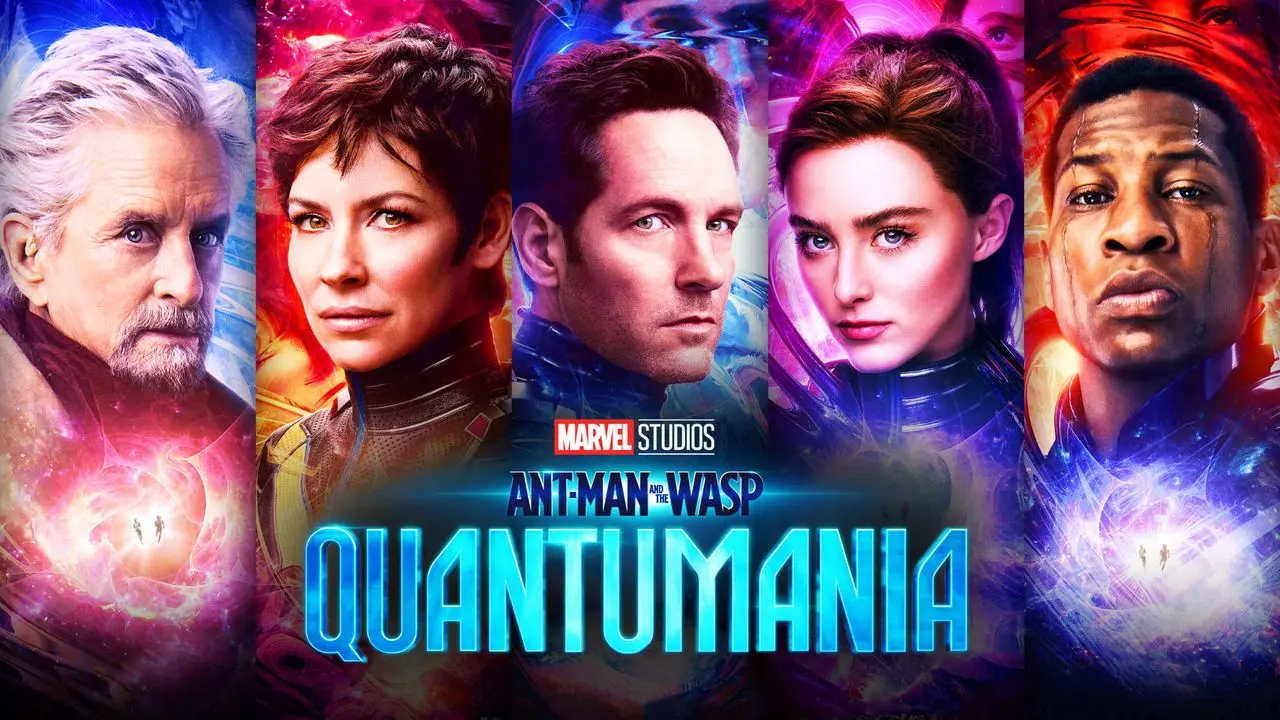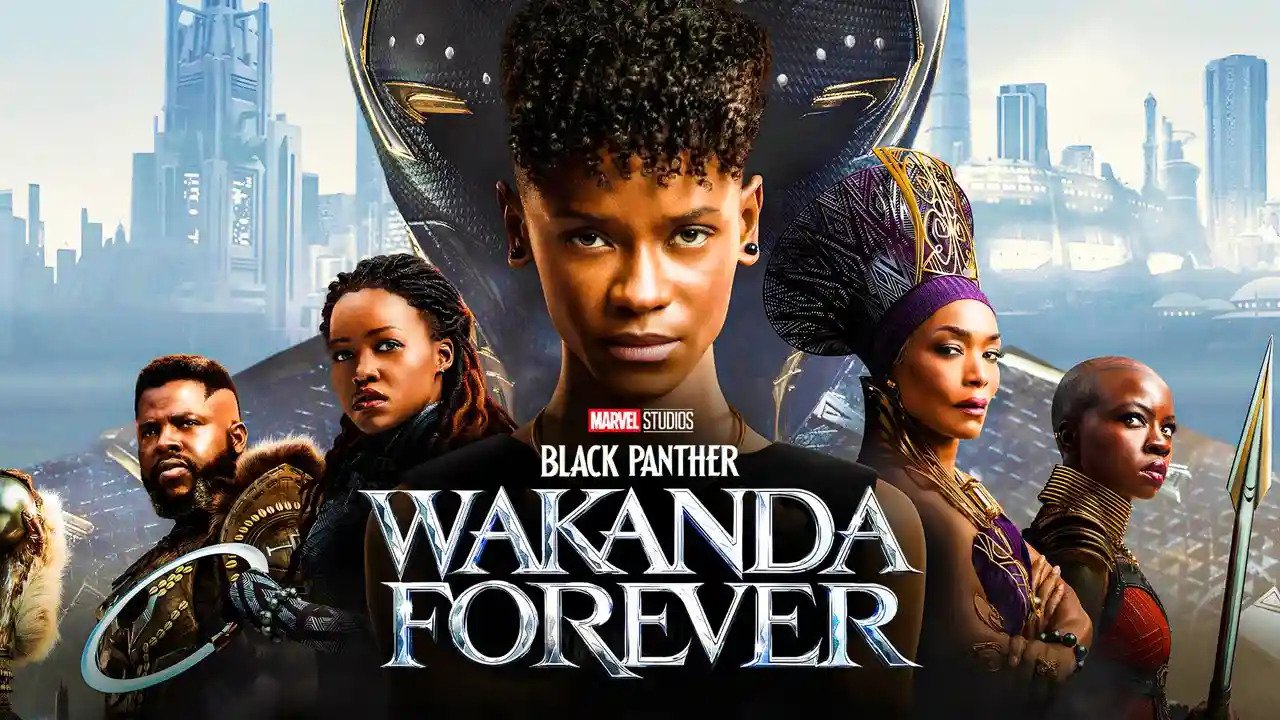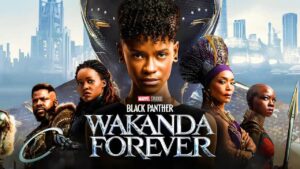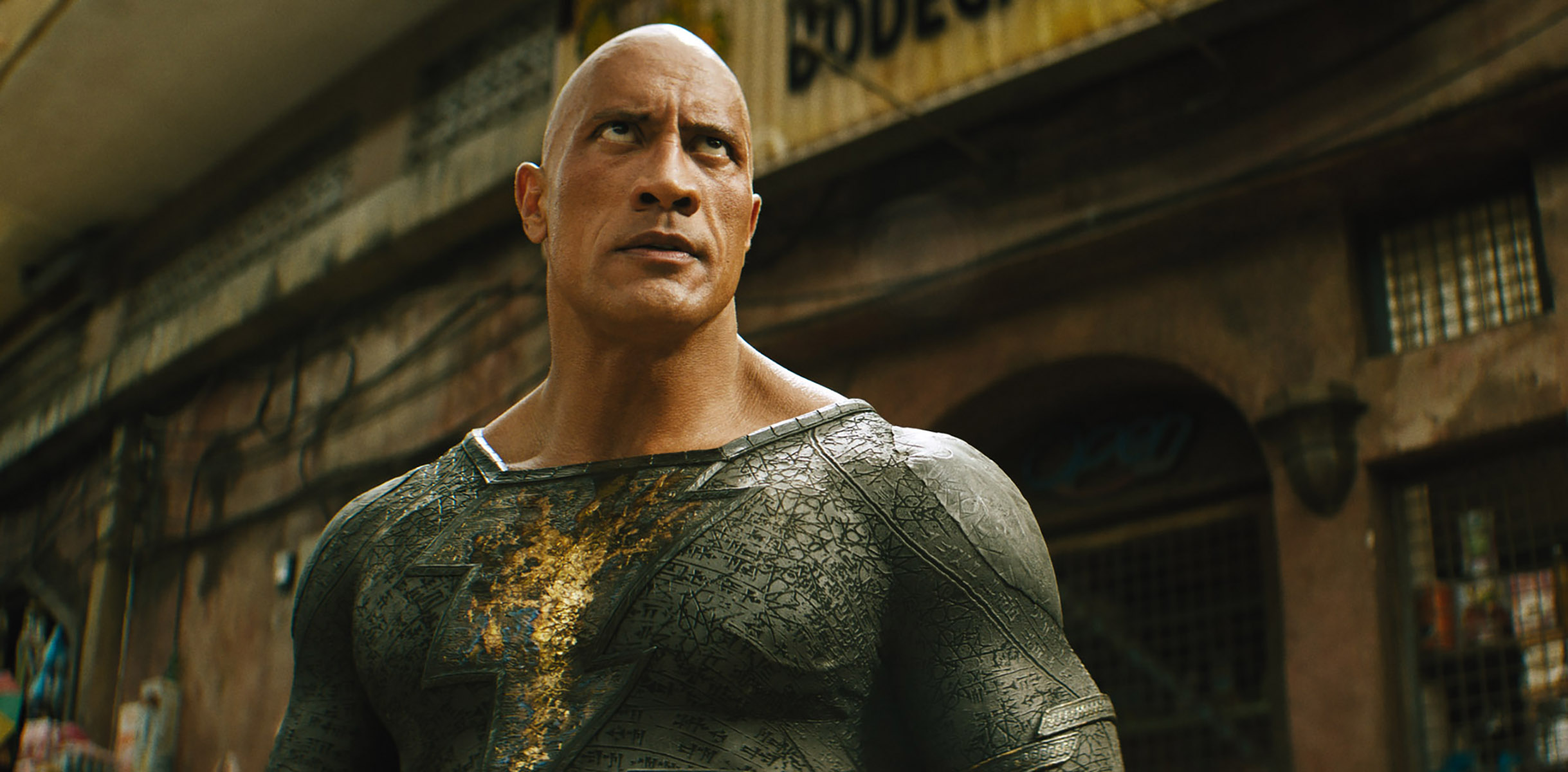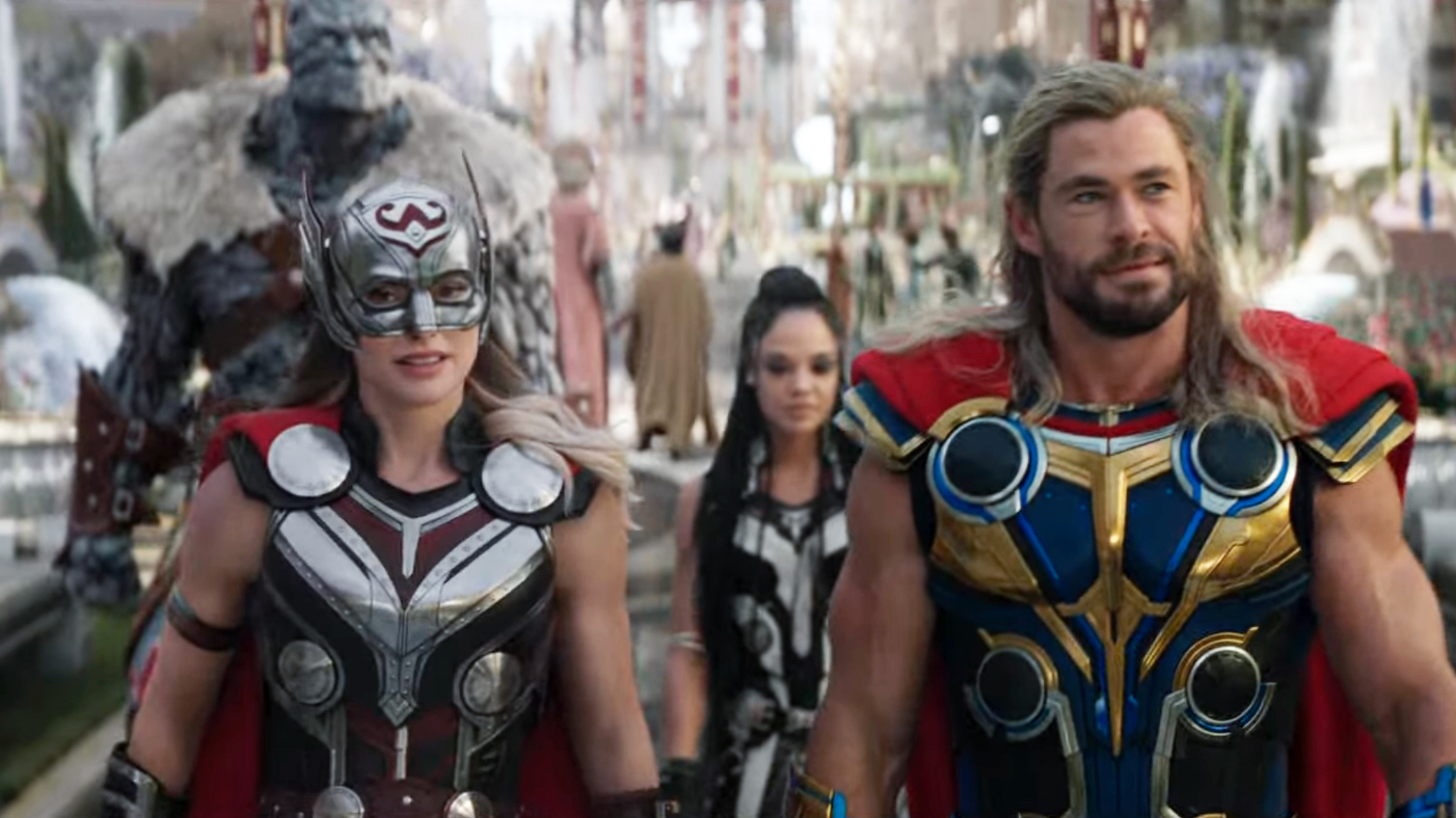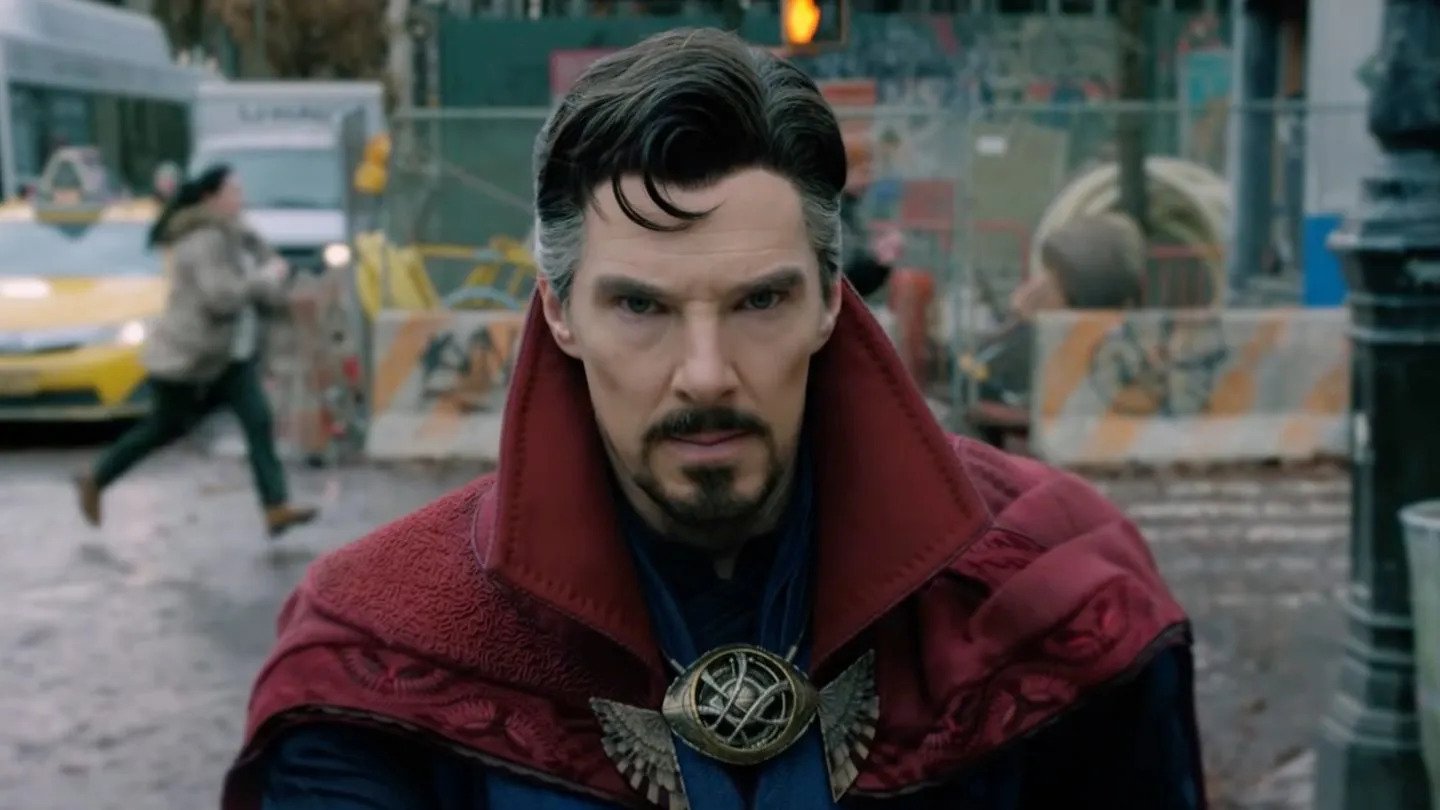Ant-Man and the Wasp: Quantumania
Posted on February 14, 2023 at 5:57 pm
B| Lowest Recommended Age: | Middle School |
![]() What I’ve always loved about the “Ant-Man” movies, aside from the ever-lovable Paul Rudd in the title role, is the slightly hand-made quality, in contrast to the high-tech, hight-gloss, high-CGI aesthetic of the rest of the MCU. The opening of the second film in the series sets the tone. Scott Lang (Paul Rudd), under house arrest following the parole violation of saving the world with the Avengers, has created a cardboard thrill ride for his daughter, Cassie. The Ant-Man series had some goofy humor with Scott’s relationship with his ex-wife (Judy Greer) and her new husband (Bobby Cannavale), the cop who can’t decide whether to arrest him or befriend him (Randall Park), and with the discursive stories from his friend and colleague Luis (Michael Peña). The production design truly set the stage with more lived-in spaces than in the other Marvel movies.
What I’ve always loved about the “Ant-Man” movies, aside from the ever-lovable Paul Rudd in the title role, is the slightly hand-made quality, in contrast to the high-tech, hight-gloss, high-CGI aesthetic of the rest of the MCU. The opening of the second film in the series sets the tone. Scott Lang (Paul Rudd), under house arrest following the parole violation of saving the world with the Avengers, has created a cardboard thrill ride for his daughter, Cassie. The Ant-Man series had some goofy humor with Scott’s relationship with his ex-wife (Judy Greer) and her new husband (Bobby Cannavale), the cop who can’t decide whether to arrest him or befriend him (Randall Park), and with the discursive stories from his friend and colleague Luis (Michael Peña). The production design truly set the stage with more lived-in spaces than in the other Marvel movies.
Not so much this time. Of course, this is a Marvel movie and there are imaginative and exciting action sequences, especially as Scott develops his use of his powers. It has a nice mix of comedy and action, with characters we are invested in, not just as individuals but in the way they are connected to each other.
As the title tells us, this movie takes place in the least hand-made setting imaginable, the quantum realm. As wonderfully imaginative as it is, suggesting a mash-up of Alice in Wonderland, the Pastoral Symphony section of Disney’s “Fantasia,” the wildest anime creatures of Hayao Miyazaki, and video games like Minecraft and No Man’s Sky, plus last year’s “Strange World,” there is a pristine quality that removes much of the distinctive charm we expect from Ant-Man. Plus, talk about the forest and the trees. There is just so much detail here, with the endless settings and characters so overwhelming that they make it hard to keep track of what is going on. It’s not enough that a character’s head looks like a stalk of broccoli. Someone has to say, “His head looks like broccoli.” And then we don’t have much to do with him again. There’s a lot to see and much of it is enticing, but not enough of it relates to anything that relates to the stakes, the abilities or vulnerabilities of the good guys or characteristics that would help us understand who they are and how they behave. The issue of understanding each others’ language is handled briskly but other properties are not developed or explored.
The title says it all because the story is more about the place than about what happens there. After a brief prologue, with John Sebastian’s theme from “Welcome Back, Kotter” on the soundtrack, we hear from Scott about how lucky he feels. He is an Avenger, universally loved for saving the world, even if that means people always ask him for photos (with their dogs!) and they don’t always remember which insect superhero he is. His daughter is doing well, he and Hope van Dyne (Evangeline Lilly) are happily in love and she is out saving the world with wonderful programs to help people who need housing or other kinds of support. Scott has written a new book about his life, and enjoys appearing at book-readings.
But it turns out Cassie (Kathryn Newton of “Freaky,” excellent in the role) has been stirring up trouble by appearing at protests and experimenting with a probe into the quantum realm. Before Janet (Michele Pfeiffer), who spent 30 years there and has refused to give any details, can stop her, Scott, Casssie, Hope, Janet, and Dr. Hank Pym (Michael Douglas) are all sucked into the quantum realm, and that is where they stay for almost all of the rest of the film.
There is a long stretch where we meet an assortment of colorful characters. Some of them are fun, including a goofy return from one of the earlier films. It is always good to see William Jackson Harper (“The Good Place”) as a frustrated telepath who is way over hearing all of the disgusting thoughts of everyone around him and a jell-o-like character very interested in how many “holes” humanoids have in their bodies and what goes into and out of them. A major star appears for a few minutes for no real purpose.
There’s a very “Star Wars”-ish vibe with the diverse good guys wearing rough cloth and carrying spears and the homogenous and faceless bad guys with the high tech weapons that somehow are not very accurate as the armor-less good guys seem to have no problem dodging the bullets.
As I have often said, superhero movies rise and fall on the quality of the bad guy, who has to be evil enough to be a serious threat but not omni-powerful enough to make it impossible to defeat him. With Thanos gone, the Marvel character Kang the Conqueror has been refashioned in his image. Free of the reality-based limits of time and space, Kang’s calculus about wiping out whole universes is for him just straightening the pictures on the wall — except that it turns out there is a strong element of revenge behind his decisions about who and what needs to be wiped out.
Jonathan Majors, who we’ll be seeing as the antagonist in another huge franchise series in a few weeks, “Creed III,” makes Kang intriguing as he shifts from vulnerable and companionable to canny negotiations to imperious orders to white-hot fury. But it also makes him so all over the place that it is hard to invest in the battles. It does not help that the other side is so complicated that we do not attach to most of the new characters, and characters we love, including Woo and Luis and, worst of all, Hope, are pushed to the side.
“There’s always room to grow,” Scott tells his readers, and those reassuring words come back to inspire the good guys later on. But in this case, taking Ant-Man out of the smaller world of the first two films shows that all that room may not be what this story needs.
NOTE: Stay through the end credits for two extra scenes, one tying the next chapter to some favorite Marvel characters.
Parents should know that this movie has extended peril and violence with some disturbing images. Characters use some strong language.
Family discussion: How should Scott have responded to Kang’s threat? Why didn’t Janet tell anyone about her experience?
If you like this, try: the other “Ant-Man” and MCU movies

